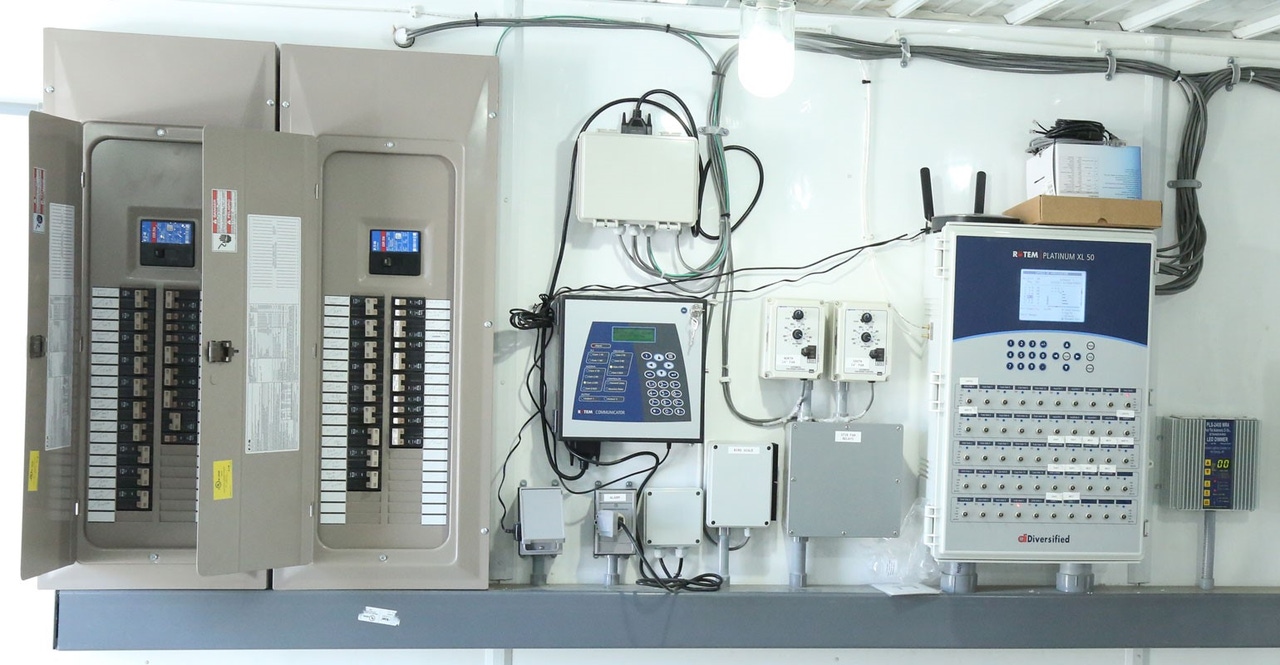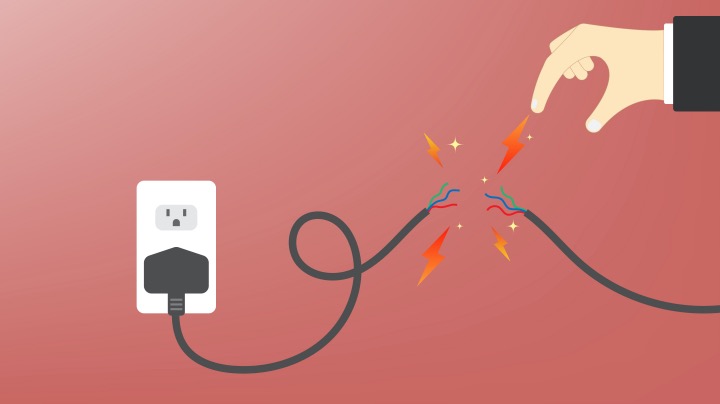Optimize operations with innovative mechanical system optimisation support.
Wiki Article
Leading Tips for Effective Electric System Troubleshooting
Troubleshooting electric systems calls for a systematic method, grounded in a detailed understanding of electric principles and safety protocols. By acquainting oneself with circuit parts, utilizing vital devices, and adhering to an organized examination technique, specialists can properly determine and settle concerns. However, the subtleties of reliable troubleshooting prolong beyond simple technological knowledge; understanding just how to document findings and focus on safety and security can dramatically influence outcomes. As we explore these vital elements better, it becomes clear that grasping this procedure is not just advantageous yet important for success in the field.Understand the Essentials
Comprehending the essentials of electric systems is important for efficient troubleshooting, as a strong structure enables technicians to identify and solve concerns a lot more efficiently. A detailed understanding of electrical principles, such as voltage, present, resistance, and power, is essential in determining the root triggers of issues. Voltage is the electrical prospective difference that drives existing through a circuit, while resistance opposes the circulation of current, affecting the general performance of the system.Familiarity with circuit parts, consisting of resistors, capacitors, diodes, and switches, is additionally extremely important. Each element plays an unique duty in circuit behavior and can impact performance when malfunctioning. Additionally, comprehending collection and parallel circuit arrangements is crucial, as these setups influence the distribution of voltage and present within the system.
Moreover, expertise of safety procedures is indispensable. Technicians should understand potential dangers, such as shock and brief circuits, to apply secure troubleshooting techniques. By grasping these foundational concepts, specialists boost their capability to carry out reliable diagnostics and fixings, inevitably resulting in boosted efficiency and integrity of electrical systems. This fundamental understanding is the foundation of successful repairing undertakings.
Gather Necessary Devices
Effective troubleshooting of electrical systems calls for the right collection of devices to diagnose and fix concerns precisely. A well-equipped technician can dramatically improve efficiency and efficiency in determining issues. Necessary tools consist of a multimeter, which determines voltage, existing, and resistance, permitting for accurate assessments of electrical components. Clamp meters are also important for measuring current without disconnecting the circuit, making sure security and benefit.In addition, shielded hand devices such as screwdrivers, pliers, and cable pole dancers are critical for securely manipulating electrical connections. It is additionally recommended to have a circuit tester available to confirm the presence of voltage in outlets and wires. For more facility systems, a thermal imaging camera can aid discover overheating components, suggesting prospective failures.

Follow a Methodical Strategy
Having actually collected the ideal tools, the next action in troubleshooting electrical systems is to comply with a methodical method. A methodical technique makes certain that specialists can identify faults effectively and accurately, decreasing downtime and protecting against unneeded repairs.Begin by evaluating the system's schematic representations and specs. Comprehending the style and functional parameters will certainly offer context for diagnosing concerns. Next off, separate the trouble location by utilizing a process of elimination. This involves checking each element systematically, beginning from the source of power and functioning in the direction of the lots.
Use testing devices, such as multimeters and oscilloscopes, to gather objective data regarding voltage, present, and resistance at various factors within the system. This empirical evidence will assist your troubleshooting efforts and help to validate or remove prospective sources of failing.
Additionally, take into consideration environmental elements that might influence the system's performance, such as temperature level variations or dampness access. A comprehensive evaluation of circuitry, links, and parts will certainly ensure that all possibilities are made up.
Paper Your Findings
Detailed documentation is vital in the troubleshooting process of electric systems. This method not only aids in comprehending the root reason of the issue but likewise serves as a recommendation for future repairing efforts.
Additionally, keeping a log of components replaced or repair work performed is indispensable. This info supports inventory management and can help analyze the durability and reliability of specific parts.
Eventually, the paperwork process ought to be detailed yet concise, making it possible for easy access and testimonial - electrical system troubleshooting. By focusing on detailed documentation, technicians can develop a useful data base that not just help in present troubleshooting however also equips future maintenance initiatives, consequently boosting overall system integrity

Prioritize Safety And Security Procedures
Acknowledging the inherent threats related to electric systems is essential for making certain security throughout troubleshooting. Electric shock, burns, and devices damages are simply a few of the potential hazards that professionals face. Prioritizing precaution is not only a lawful responsibility but likewise an ethical essential mechanical system optimisation support that safeguards both the service technician and the surrounding setting.Prior to commencing any type of troubleshooting job, specialists need to put on ideal personal protective equipment (PPE), consisting of shielded gloves, safety glasses, and flame-resistant garments. Making certain that the workplace is dry and devoid of mess can significantly decrease the danger of crashes. It is important to de-energize circuits prior to beginning any type of job, confirming that they are not live with the usage of a multimeter or voltage tester.
Developing clear interaction methods with employee is additionally essential; this makes sure that every person knows potential dangers and the status of the electrical system being worked with. Last but not least, having an emergency situation feedback strategy in position can verify vital in the occasion of an event. By focusing on precaution, service technicians can successfully minimize threats and cultivate a more secure work environment.
Conclusion
Efficient electric system repairing relies on a comprehensive understanding of essential concepts and a methodical approach. Prioritizing safety actions guarantees the wellness of individuals involved and the stability of the electrical system.Report this wiki page